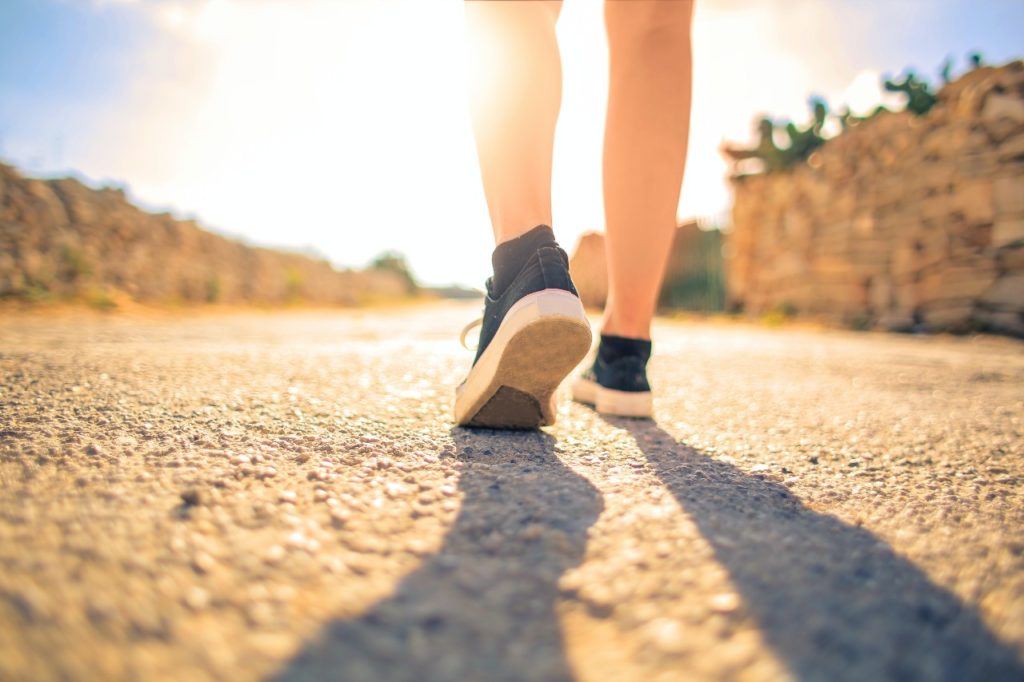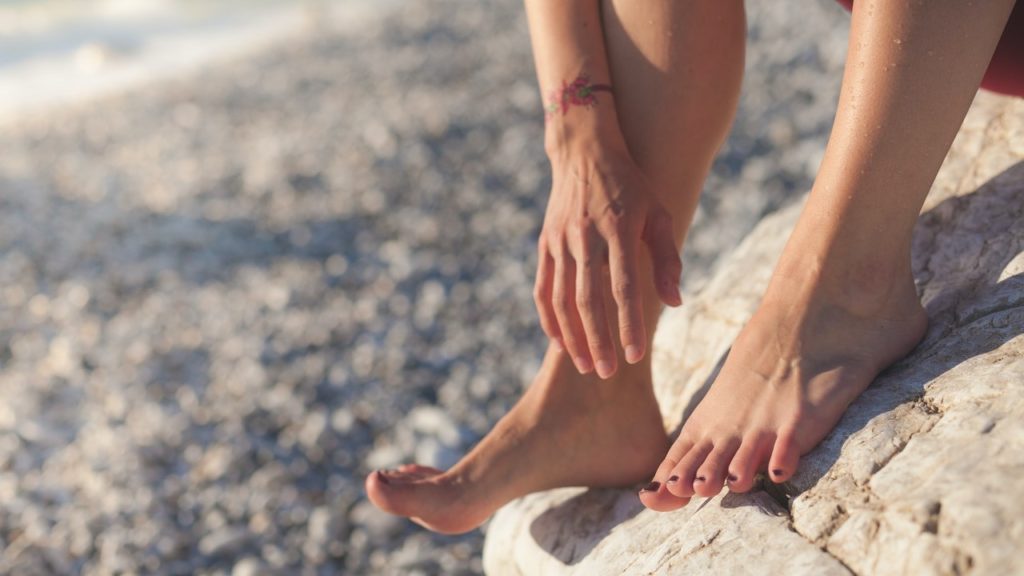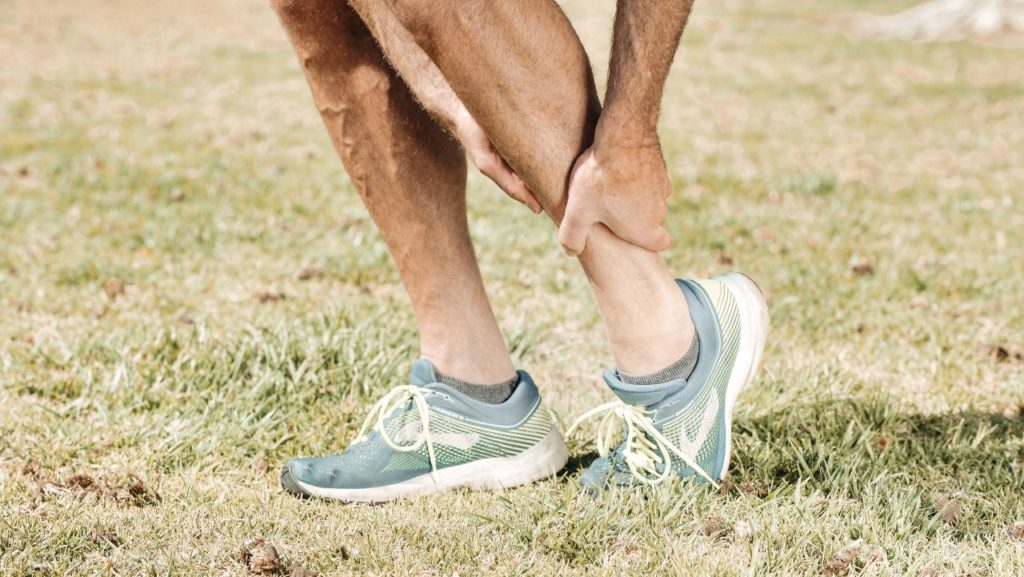Experience Cold or Numb Feet? Raynaud’s Disease Could be to Blame!
A person’s treatment for Raynaud’s Disease also depends on the severity of the disease and whether they have other health issues. A person’s quality of life can be affected by Raynaud’s Disease, although it is usually not disabling.

It is most common to suffer from Raynaud’s disease on your fingers and toes, but other parts of your body can also be affected, such as your nose, lips, and ears. After you warm up, the return of normal blood flow to the site can take 15 minutes.
Common Signs and Symptoms
The following signs and symptoms characterize Raynaud’s Disease:
● Having cold fingers or toes
● Color changes in your skin in response to cold or stress
● Feelings of numbness, prickling, or stinging pain in response to warmth or stress relief
Raynaud’s Disease Diagnosis & Triggers
Raynaud’s can affect anyone, but women are more likely to be affected than men. Those who live in a cold climate, such as New York, or those who smoke are more likely to suffer from Raynaud’s. You are also more likely to develop primary Raynaud’s Disease if you have a first-degree relative diagnosed with the condition, such as a parent, sibling, or child.
In addition to cold weather or emotional stress, Raynaud’s phenomenon may also be caused by certain systemic diseases, such as lupus and rheumatoid arthritis. In some cases, it is caused by the side effect of a medication.
In most cases, Raynaud’s Disease can be diagnosed clinically after a brief medical history and physical examination. The doctor may examine the tiny blood vessels at the base of your fingernails under a microscope or magnifier–a test called nailfold capillaroscopy–to determine whether you have primary or secondary Raynaud’s.
Raynaud’s Treatment
A person’s treatment for Raynaud’s Disease also depends on the severity of the disease and whether they have other health issues. A person’s quality of life can be affected by Raynaud’s Disease, although it is usually not disabling.
When your blood flow is compromised for too long, you may develop tissue damage or ulcers (open wounds) due to Raynaud’s. Occasionally, Raynaud’s can lead to amputation of the foot or toe if it is left untreated. This is why you should always speak to your podiatrist about Raynaud’s and have your feet inspected after an attack.
What You Can Do to Manage Raynaud’s Disease
In this disease, symptoms can last for a short time and resolve when the trigger or stress is removed, but sufferers may experience severe discomfort due to their condition.
It is always a good idea to layer up when going outside in the cold weather. Wear hats, scarves, socks, boots, and gloves. Wear coats with snug wrists to prevent cold air from reaching your skin.
Use the following methods to keep your feet and hands warm:
● Heated steering wheels.
● Heated gloves powered by batteries
● Socks made from wool or silver
● In cold weather, hand/foot warmers should be worn inside gloves.
● Insulated sleeves to hold cold drinks,
● If you are taking food out of a freezer, use potholders
● On cold days, preheat your car before you get behind the wheel.
● Always wear socks indoors. During colder months, you may even want to wear socks and mittens to bed.
● You should monitor your air conditioning carefully in summer since cold temperatures might trigger an attack.
● Boost blood flow by massaging your toes or fingers.
● Soak hands/feet in warm water or use a microwaveable hand mitt or moist heat pack to increase circulation.
● Utilize stress-reducing techniques such as meditation, yoga, and deep breathing to manage environmental and emotional stress.
● Smokers should stop smoking
If you or a loved one believe you may be experiencing symptoms of Raynaud’s Disease, or have had a recent Raynaud’s attack, schedule an appointment with Advanced Podiatry sooner than later. We work with our patients to develop a treatment strategy aimed at preventing the triggers of Raynaud’s. Taking proper podiatric care can help you prevent permanent foot damage caused by restricted blood flow. After all, everyone should be able to enjoy the wintertime comfortably!





